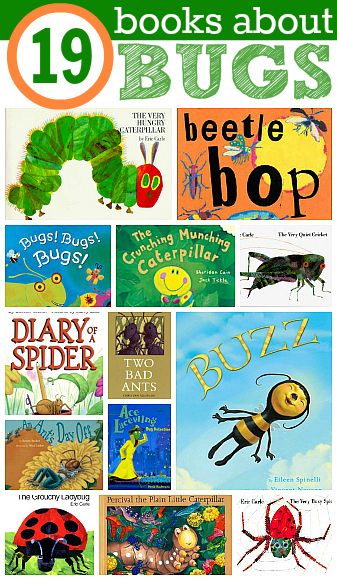This excerpt from Salon shows a striking similarity to the climate that was prevalent during the time of Dr. King's assassination and the thinking that was behind the slaying of the nine people in Charleston last week.
An interesting juxtaposition, to be sure. (Bold is mine)
~~~~~~~~~~
President Obama, in his first speech after the tragedy in Charleston, South Carolina, quoted from Martin Luther King’s 1963 eulogy for the four African-American girls who were killed in Birmingham’s 16th Street Baptist Church. Five years after the Birmingham church bombing, King himself met a savage death.
In the days after King’s assassination, Americans considered many of the same questions that we are asking today: Was this the work of one lunatic, or of a larger racial ideology? How should lawmakers respond? Would the violent tragedy lead to gun control legislation? White Southerners even debated whether to lower the flag in King’s honor. In the end, many ministers and leaders cautioned that King would have died in vain if the country did not act boldly to root out racial injustice. The fact that we are having similar conversations, almost 50 years later, seems a mark of our collective failure.
As word of King’s assassination traveled around the country on the night of April 4, 1968, two of America’s leading journalists sat down at their typewriters: Mike Royko in Chicago and Ralph McGill in Atlanta. They reached the same conclusion – that an entire society had murdered King, regardless of which individual pulled the trigger.
At that point, the assassin remained at large and his identity was unknown. There were no social media profiles to parse, no manifestoes to read. That kind of information was unnecessary. Both McGill and Royko knew that a sick and racist nation was to blame.
In the spring of 1968, King was far from a sanitized national hero. Many white Americans detested his activism and begrudged his fame. In 1967, King had delivered a forceful speech opposing the Vietnam War. Other civil rights leaders turned against him, and he faced a round of criticism in the nation’s newspapers and magazines. His relationship with President Lyndon Johnson, already frayed, fractured completely. King then announced plans for the Poor People’s Campaign, in which droves of the nation’s poor would set up tent encampments on the Washington Mall in a show of nonviolent civil disobedience. King was attacking capitalism and imperialism, and calling for a “revolution of values.”
In early 1968, he traveled to Memphis, where 1,300 black sanitation workers were waging a strike. King led a protest march through downtown Memphis on March 28. Some demonstrators behind him resorted to violence; as chaos took hold, King was whisked away from the scene. The national press intensified its criticism of King. On Capitol Hill, elected officials denounced him as a lawless radical. He had become the target of deepening hatred.
To Mike Royko, a popular columnist for the Chicago Daily News, it was this scorn and revulsion that ultimately killed King. Royko published a column on April 5 titled “Millions in His Firing Squad.” Royko expressed confidence that the authorities would soon arrest the assassin.
But “they can’t catch everybody,” Royko wrote, “and Martin Luther King was executed by a firing squad that numbered in the millions.” From many corners of the nation, white Americans fed “words of hate into the ear of the assassin.” The killer was simply following orders. “The man with the gun did what he was told. Millions of bigots, subtle and obvious, put it in his hand and assured him he was doing the right thing.”
One more -
If Ralph McGill and Mike Royko were still with us, they would not busy themselves with the assassin’s Internet posts. They would not look at him; they would look at us. They would scrutinize our society, at what we have built and what we have condoned. In this painful hour, we might realize that we don’t have to keep living this way. We can harness the sadness, the outrage and the feeling of unity, and use that energy to force our leaders into action – urging them to pursue policies that will make it harder for people to kill one another, and to honor the dead by creating a more peaceful and just society for the living.
http://www.salon.com/2015/06/28/charleston_exposes_ugliest_truth_of_our_time_our_society_places_little_value_on_black_life/?source=newsletter


